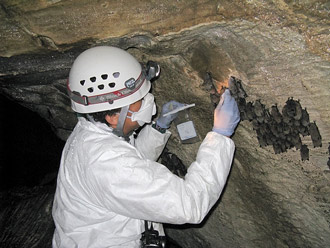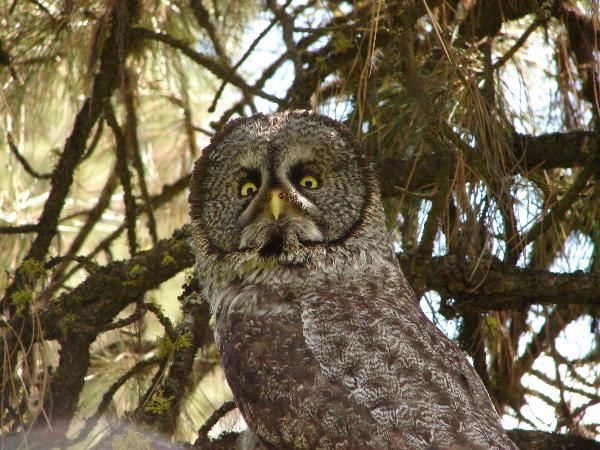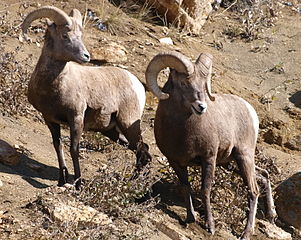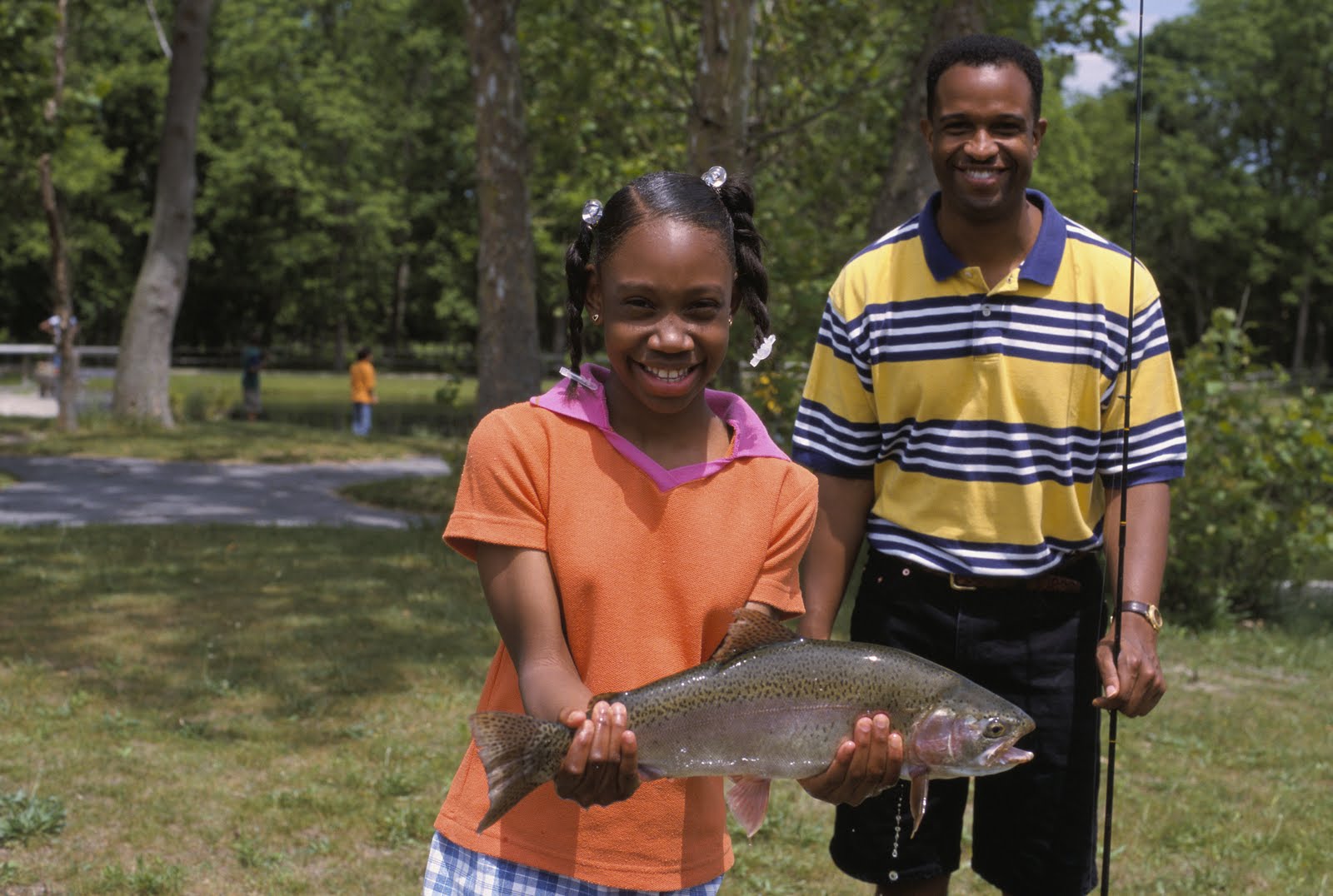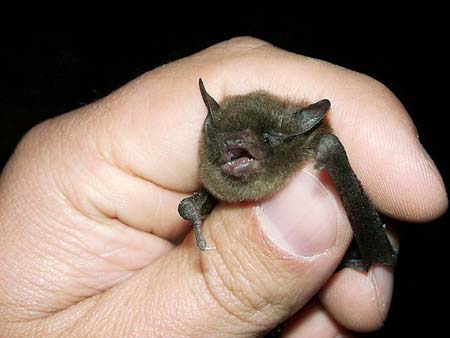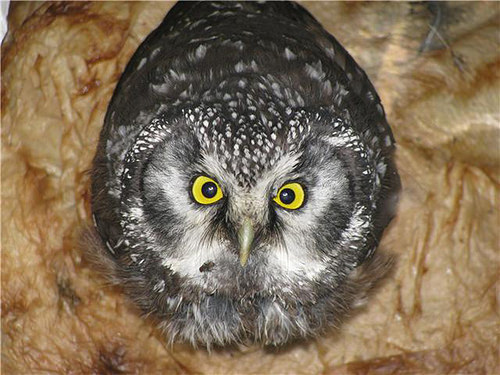 A vault toilet is a more or less a permanent porta-potty, used in places without running water. Many state and federal agencies are fond of them. I’m fairly certain that I’ve used one in a National Forest recently.
A vault toilet is a more or less a permanent porta-potty, used in places without running water. Many state and federal agencies are fond of them. I’m fairly certain that I’ve used one in a National Forest recently.
The problem is small, cavity nesting birds. They see that pipe, think it’s a cavity, slide down into the pit and are unable to get out. At particular risk are western screech and northern saw whet owls, says a recent USDA blog post.
Recently, the Forest Service’s Wings Across America gave an award to the Teton Raptor Center for its Poo-Poo Project. According to the project’s website: “In 2010, Teton Raptor Center initiated a community driven project to install 100 screens on the ventilation pipes of toilets throughout Grand Teton National Park, as well as the Bridger-Teton and Caribou-Targhee National Forests.”
Problem solved. Are the vault toilet vents in your state capped?
The Poo Poo project sells the screened vent caps for about $30 each, including hardware and shipping and handling. They offer a bulk rate too. The order form is here.
Here’s the US Forest Service blog post.
Here’s the Poo Poo Project website.
Photo: This is what an owl stuck in a vault toilet looks like. USDA Forest Service photo.

